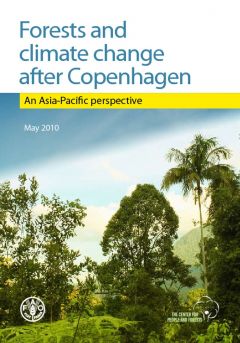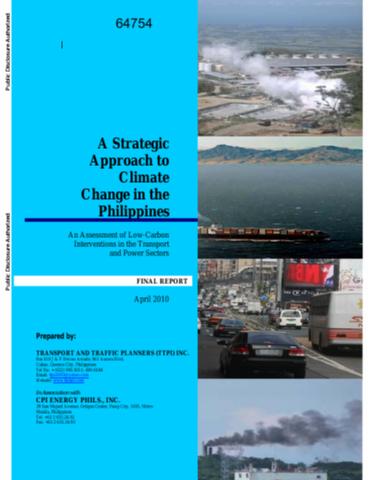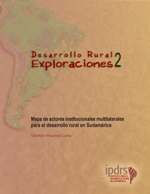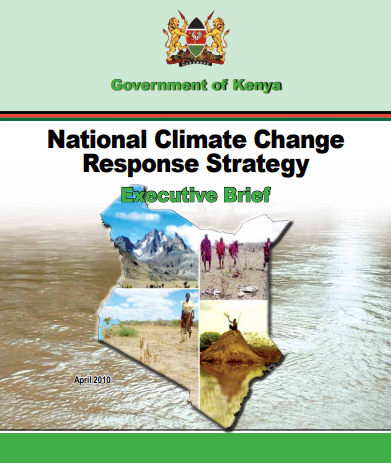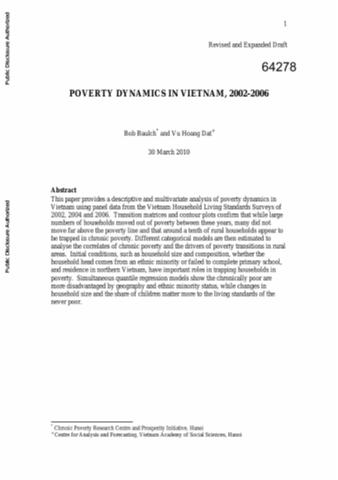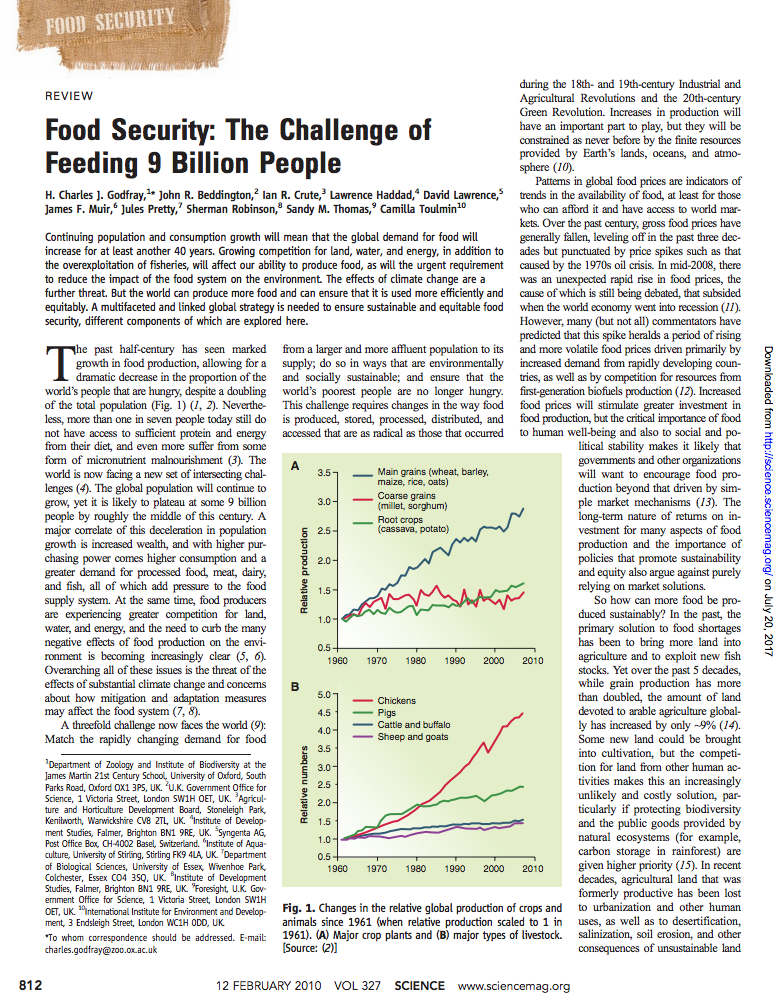Forests and Climate Change After Copenhagen: An Asia-Pacific Perspective
Following Copenhagen, forestry stakeholders have raised many questions about the meaning of COP15 for people, forests, and forestry. FAO and RECOFTC brought together 12 experts in Bali to debate the issues and provide answers to a dozen key questions. This report summarizes the discussions.

